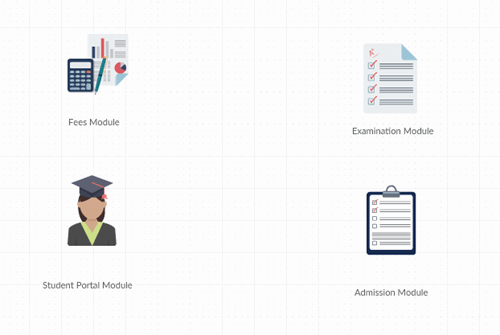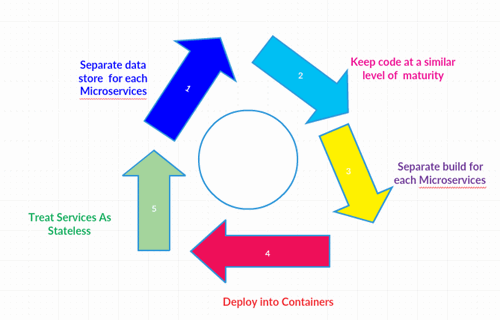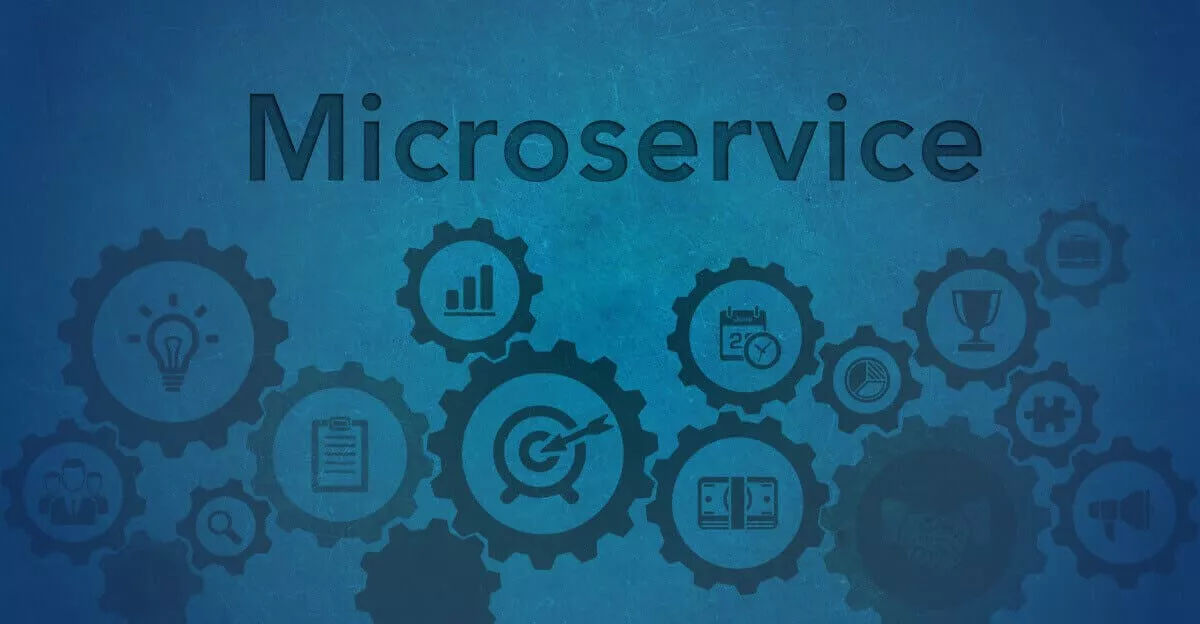Why Microservices?
 Saurabh Kumar Srivastava
May 6, 2019
Saurabh Kumar Srivastava
May 6, 2019
Microservices has been dominant and widely used nowadays. Not long ago, a lot of applications we were building were Monolithic.
A few years ago, if we were to engage in a project to develop a School Management Application composed of multiple and smaller modules such as Examination, Account, Student Portal, Admission Module, Fee Management, and more, we would have a single application handling all operations. In the development process, a minor change to a single module requires rebuilding all modules, whether there is a change or not. Through testing, we can ensure that a simple change will not affect all features of the software.
Another scenario, during the admission season, the Admission module is heavy on volume usage. To maintain high volumes in this kind of Monolithic Architecture is true, we will need to scale up the complete application, as all modules which could be separated are part of a single and gigantic application.
Restructuring this Monolithic Architecture into a Microservice Architecture will yield an extensive variety of productive advantages. In the Microservice architecture, big and complicated applications will constitute simpler and independent programs that work single-handedly. These smaller Apps are grouped to Provide all of the functionalities of This monolithic app
Advantages of Microservices
Microservices is a sort of service-oriented architecture (among those vital skills for Java programmers ) wherein applications are constructed as a group of smaller and different providers as opposed to one complete program.
In the case of our School Management Application, the monolith can be split into four different parts:

The advantages we gain:
Small and Focused: Here, we have divided our application into four (4) microservices that are small and focused on doing one single module.
Autonomous: Behaviorally, microservices should be autonomous and should cater to a single business need—it should be dedicated in its function as a solution to a specific business need.
Heterogeneous: We also have the benefit of creating each microservice with a different technology suitable for a business scenario. This leads to a mixed environment where multiple microservices are built on different technology stacks that interact among themselves while catering to other applications (using APIs).
Robust: Microservices are built on smaller code blocks that allow for a clearer and refined architecture, equipped with services made to work in isolation without affecting the resilience and robustness of the application in any way.
Scalable: Microservices is driven by efficiency, one that not only handles a large number of tasks or requests at the same time but can handle them efficiently and is prepared for tasks to increase in the future. The other massive advantage is to be able to scale a particular service or business module based on necessity, instead of scaling the complete application.
Easy to Deploy: In Monolithic application, doing a small change deploys the entire application but in microservices, we only deploy services which are updated.
Reusable and Replaceable: Being contained to a service, each service can independently upgrade to replace (third party) packages without affecting other pieces of the application. One service can be used by multiple other services to fulfill one business need, making such services reusable.
An ideal Microservice representation:

In conclusion, we can state that microservices development provides an enormous advantage over Monolith Architecture. It is ideal to practice the use of microservices in business plans when we start developing applications that our business needs.
Saurabh Kumar Srivastava is a Sr Software Developer at Intelegencia.
Comment(s)
_BlogComment.Message
